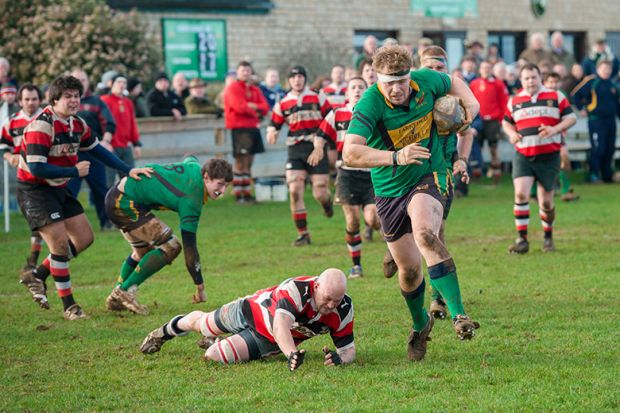I was initially annoyed at Times Higher Education’s article on my talk at the THE Teaching Excellence Summit (“Don’t believe the anti-lecture myths, says Glasgow vice-principal”) but then I realised that the article was demonstrating just what I said.
How could I complain? I presented data on how little learning was achieved in lectures, and pointed out that most university administrators were unfamiliar with this research – both points were clearly demonstrated in the piece.
However, I do want to correct some of the mischaracterisations of both the content of my presentation and of “active learning” instruction.
Skipping the details and my criticism of the THE ranking algorithm – the diligent reader can get those by watching the video of my talk – I presented an overview of a large body of research. This covered many hundreds of peer-reviewed papers (not results given in my book, as the article incorrectly states), studying teaching and learning at the postsecondary level.
This research compares the effectiveness of different forms of instruction. Research practices such as using rigorous controls and blind-to-treatment analysis, as in medicine, are typical. The bulk of these articles are published in journals put out by the major professional societies in science and engineering in the US, and specialise in education research in the specific disciplines such as physics, biology and computer science – publications seldom read by university administrators.
The quality of this work has been reviewed and blessed by prestigious independent organisations such as the US National Academy of Sciences.
These hundreds of articles show that active learning instruction consistently achieves better student outcomes (learning and completion) than lectures across the many disciplines studied.
The active learning methods are also consistent with, and often based upon, research on the basic psychological and biological processes involved in learning. My statement about the relative ineffectiveness of lectures was not an opinion, but rather just stating the findings of the research. It is not “religious fervour” that drives the proponents of active learning, but rather “scientific fervour”—the realisation that the evidence is quite overwhelming.
I have been doing research in this area for nearly 30 years (not "lately" as the article stated). I have extensive knowledge of the research and the researchers (including Robert and Elizabeth Bjork, with whom I collaborated).
I am not aware of any such research that James Conroy, the University of Glasgow’s vice-principal for internationalisation, claims exists that shows the superiority of the lecture as a teaching method, nor is Google Scholar, as you can easily confirm.
The article said that active learning is based upon: being easier for the learner; catering to short attention spans; and focuses on teaching non-traditional skills. All these are quite incorrect. It is based on research on the basic processes of learning, particularly learning to think and make decisions like an expert in the subject (such as a biologist, engineer or skilled physician would). Its typical goal is the learning of such expert reasoning skills.
It is a method of achieving strenuous and prolonged mental effort from the students, and is not at all easy. Students leave a good active learning class conspicuously invigorated by all that they have learned but exhausted by the mental effort required.
It involves the explicit practice of the reasoning to be learned, so the effort required relative to the lecture is much the same as required to learn to play football by running up and down the field practising the desired skills versus sitting listening to a lecture on football technique.
Correspondingly, just as a good coach will watch the player practise and then give them immediate and specific guidance as to how to improve, the instructor in an active learning class is doing the mental equivalent. This timely, well-informed guidance on improving reasoning is critical and will typically take 50 per cent of the instructional time. It is only possible because the nature of the class allows the instructor to know the thinking and struggles of the students.
Active learning also produces conspicuously greater student interest in the material. The students’ greater engagement with the subject, and the instructor’s much greater engagement with the students and their learning, are presumably the reasons that essentially all the hundreds of instructors who tried active learning after being trained by my programmes at the University of British Columbia and Stanford chose to never return to lecturing. They found teaching using active learning far more rewarding.
Carl Wieman is a Nobel laureate and professor of physics at the Stanford University Graduate School of Education.
Register to continue
Why register?
- Registration is free and only takes a moment
- Once registered, you can read 3 articles a month
- Sign up for our newsletter
Subscribe
Or subscribe for unlimited access to:
- Unlimited access to news, views, insights & reviews
- Digital editions
- Digital access to THE’s university and college rankings analysis
Already registered or a current subscriber?
